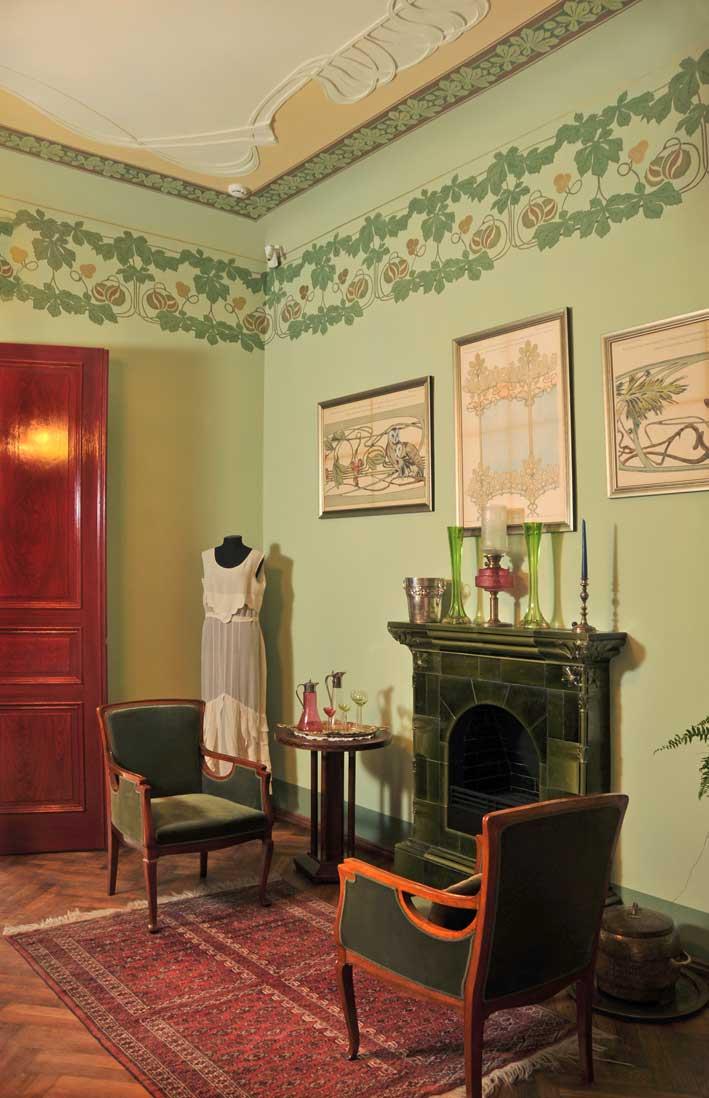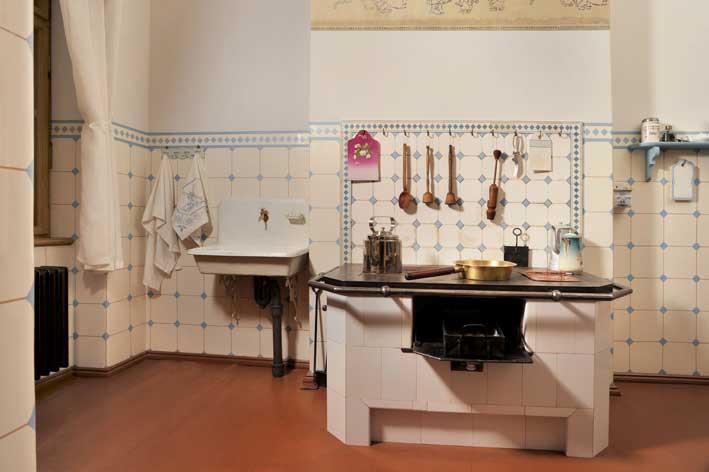When it comes to museums Mary, so well organized, had made a choice and we stuck to it.
A short tram ride took us to the Latvian National Museum of Art which cost the country Euros 31 million to expand and renovate. We may sometimes grumble about the EU and its regulations, however when it comes to restoration every member country, including our own, has benefitted greatly from EU funds.
The museum is well organized as you can imagine and not knowing a thing about Latvian art I was very impressed with the mostly beautiful pictures and the contents of display cases. To do it justice one needed at least a whole day, to really be able to appreciate what was on the several floors.

I somehow imagined it would be mostly made up of the sort of modern art which looks like ketchup squirted on a blank canvas. Or like that Abramovic woman who in 2010 did a show at the Museum of Modern Art in New York where she sat for 700 hours staring at visitors. I was there and couldn't believe it. Thankfully no fiddle-faddling in this museum and the paintings were most satisfying to the eye, many done by artists whose names, with loads of accents on them, I can barely pronounce. So just as well I didn't have to pass a general knowledge test about Latvian art or I would have most certainly failed it.
The guidebooks told us not to miss Janis Rozentäls Leaving the Cemetery but we had seen enough and it was lunchtime. Neither of us were keen to miss out on any of our mostly delicious meals.
On another day we walked to the Art Nouveau centre but especially Albert Street where most of the buildings are designed by the architect and engineer, Mikhail Eisenstein. He is also the father of the famous Russian filmmaker Sergei Eisenstein who was born in Riga and is known for his silent films October, Strike and Battleship Potemkin.
Unlike, say Germany, where many art nouveau buildings were destroyed during the war, these buildings in Riga survived both the invasion of the Nazis and Soviets.
The Art Nouveau area in Riga resonates with history in every brick.
Definitely one of our favourite museums is the Riga Art Nouveau museum on Albert Street built in 1903. It was built as a private house by one of Latvia's Art Nouveau architects Konstantins Pëksëns together with Ei?ens Laube, one of the pioneers of the Riga Art Nouveau movement. When it was built it was considered to be a state-of-the-art building since it had central heating and a supply of hot water. Pëksëns was responsible for no less than 250 buildings in Riga and Laube for some 200. These are architects who took pride in their work. Certainly there aren't many architects like that here. All they seem to want to do is build hideous and monotonous blocks of flats.
This historic house, now a museum, was also home to the illustrious painter Janis Rozentäls and his wife the Finnish singer Elli Forsell. The couple lived there until 1915, when they moved to Finland because of World War I. After World War II their son, a painter and his family moved into the flat. Thus a significant part of Janis and Elli's memorabilia including paintings, furniture, drawings etc. has been preserved to this day. We were able to see Janis Rozentäl's paintings in the studio where he used to work, a rare treat.

From 1906 to 1908 the writer Rüdolfs Blaumanis periodically lived in a room in this house as a lodger and spent the rest of his life there.
A seperate museum is dedicated to this writer on the top floor.
All these names, with so many accents, are completely new to me.
Mary and myself walked up the spiral staircase considered to be one of the most magnificent masterpieces not only in Riga but in Europe. Five flights. I took a deep breath, again and then again... glad I survived to tell the tale I must tell you. But I'd do it again just because it is all so worthwhile.
Art Nouveau buildings and interiors are seductive. The architects and artists of that period were fabulously unafraid of ornament. Both the interiors and exteriors have personality. Building façades and interiors are decorated with delicate arabesques in floral and vegetal forms which are the most popular signature of Art Nouveau.
Ladies, decked out in Art Nouveau costumes were a refreshing addition in this museum, rather than blue-uniformed guardians in severe suits. They were friendly and volunteered information.
There is no shortage of museums in Riga: Museum of Decorative Art and Design, Museum of Natural History, National History Museum of Latvia, Latvian Photography Museum and many more including the Laima Chocolate Museum.
The Latvians make excellent chocolate and sweets. Laima chocolate, I must emphasise is delicious. We are not talking of a Desserta type chocolate here. The traditions of Laima date back to 1870.
We never managed to get to the factory and museum where you can order chocolates inscribed with your name or those of a friend but we could not escape the well appointed Laima shops - nor did we want to.
Just a detail I learned. Amazingly Latvia has nearly 10,000 pairs of nesting storks, or one pair for every 250 people. Imagine what a field day some of our hunters would have, given half a chance. Latvians it seems have always revered storks and they encourage these large birds to nest on their property by erecting special poles for their huge nests. Now that is what I call civilized. The birds are thought to bring luck, to protect the home and bring fertility.
Riga is awash with amber jewellery and other items made of amber. But we didn't bring any of it back with us. They sell some beautiful linen as well and knitwear. And then there are the antique shops.
Chocolate and salmon caviar is all I could carry and all I wanted to carry at this stage of my life.
[email protected]